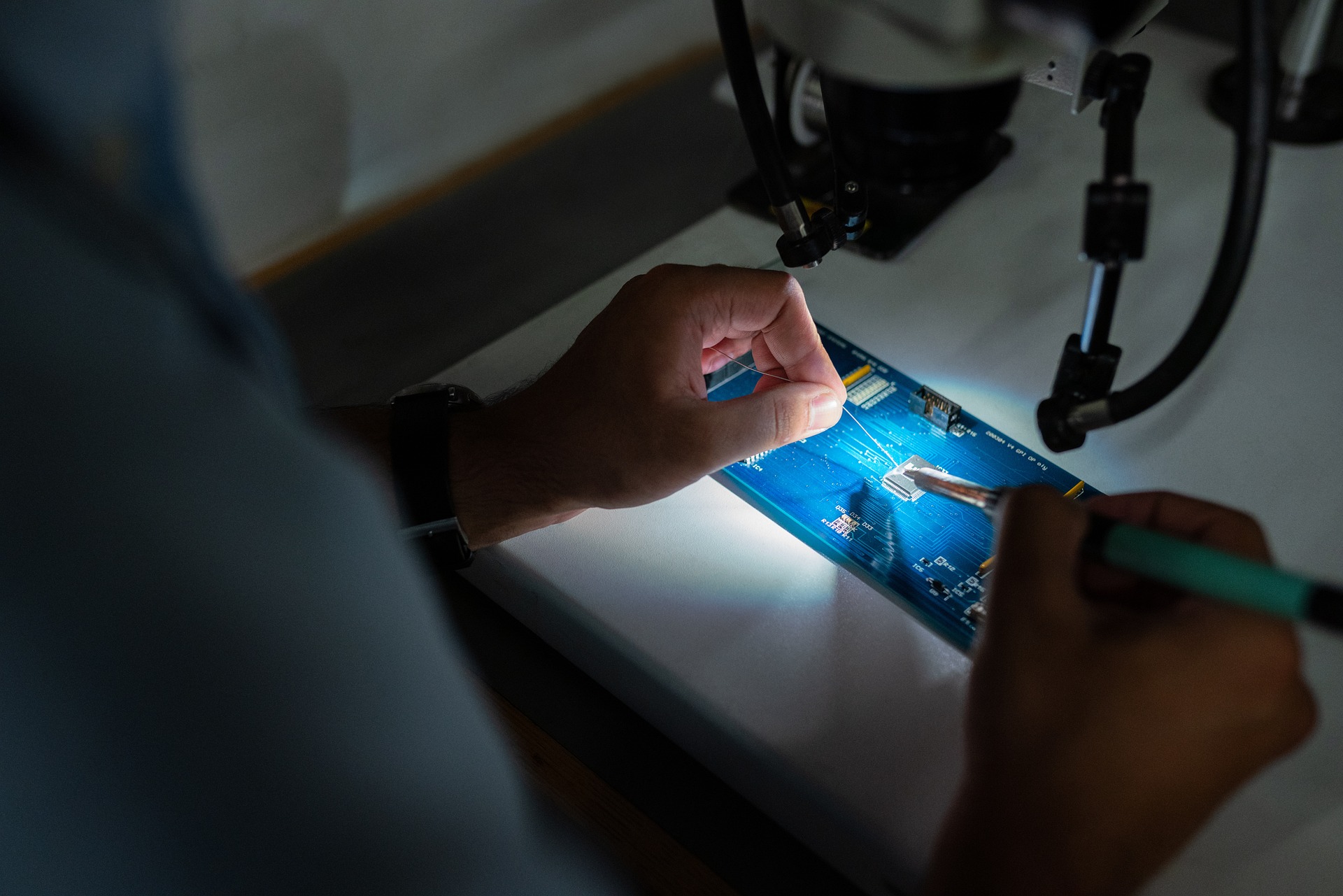Medical devices play a crucial role in healthcare by aiding in the diagnosis, treatment, and monitoring of medical conditions. Developing a medical device is a highly regulated and intricate process, requiring careful planning and execution to ensure safety, efficacy, and compliance with industry standards.
This blog delves into the essential stages of the medical device product development process and highlights the importance of lifecycle management to sustain product quality and compliance.
Key Stages in Medical Device Product Development
- Concept and Feasibility
This stage involves identifying a clinical need or market gap and brainstorming ideas to address it. Key steps include:
- Conducting market research.
- Identifying target users and their needs.
- Evaluating the technical feasibility of the concept.
- Design and Development
Here, the device’s specifications, design, and functionality are established. The process includes:
- Creating initial prototypes.
- Refining the design based on testing and feedback.
- Developing a comprehensive design history file (DHF).
- Risk Management
Risk analysis is crucial for medical devices. This includes:
- Performing a Failure Modes and Effects Analysis (FMEA).
- Identifying potential risks to patients or users.
- Developing strategies to mitigate these risks.
- Regulatory Pathway
Medical devices must comply with regional and international standards such as FDA, ISO 13485, or EU MDR. Activities include:
- Classifying the device based on its intended use and associated risks.
- Preparing necessary documentation, including the technical file and risk management report.
- Verification and Validation
These activities ensure the device meets design requirements and is fit for its intended purpose. Steps include:
- Conducting bench tests and simulations.
- Performing clinical evaluations or trials.
- Manufacturing and Scale-Up
Transitioning from prototype to production involves:
- Establishing a robust manufacturing process.
- Ensuring quality control and supply chain management.
- Market Launch
The launch phase includes:
- Developing a go-to-market strategy.
- Training healthcare professionals and users.
- Gathering post-market surveillance data.
Medical Device Lifecycle Management
Lifecycle management is a continuous process that ensures the medical device remains safe, effective, and compliant throughout its use. Below is a diagram outlining the medical device lifecycle management stages:
- Post-Market Surveillance
- Collecting real-world performance data.
- Monitoring adverse events and complaints.
- Maintenance and Upgrades
- Updating software or hardware to meet evolving standards.
- Addressing user feedback to improve functionality.
- End-of-Life Planning
- Phasing out older models.
- Providing replacement options or support for transitions.
Conclusion
Developing a medical device requires a structured approach, from concept to post-market management. By adhering to best practices and regulatory standards, manufacturers can ensure their products improve patient outcomes while maintaining safety and compliance. Effective lifecycle management further enhances the longevity and success of medical devices in the market.
Whether you are a startup or an established company, understanding the medical device development process and lifecycle management is key to creating innovative solutions in healthcare.

